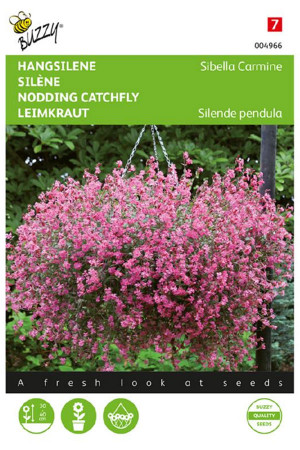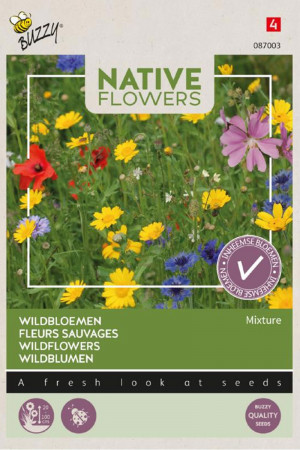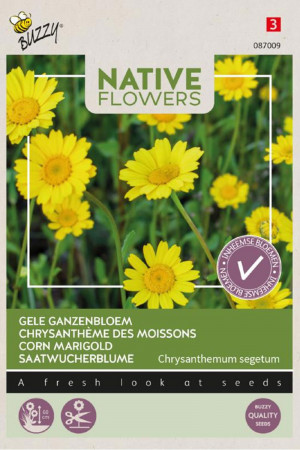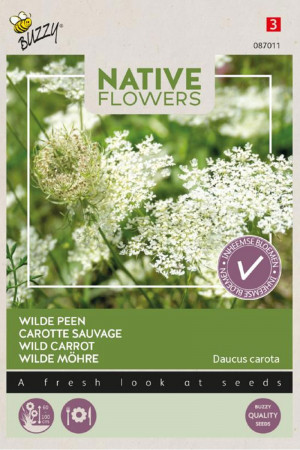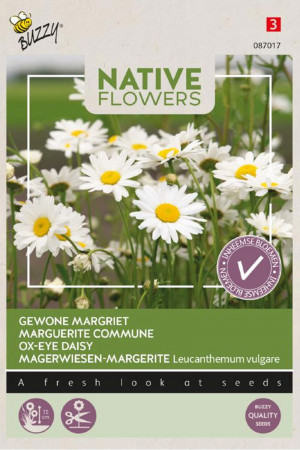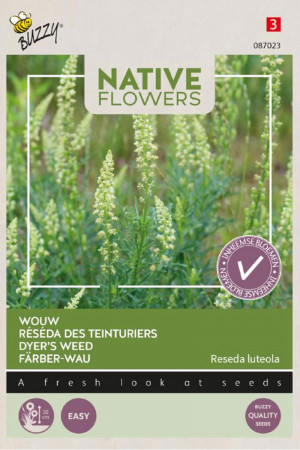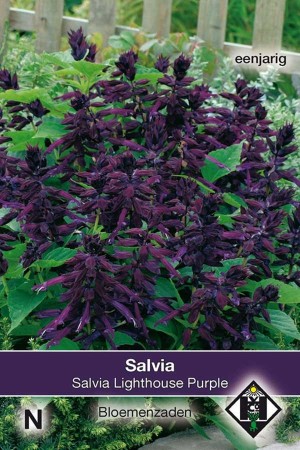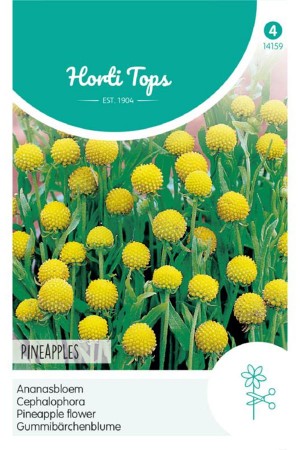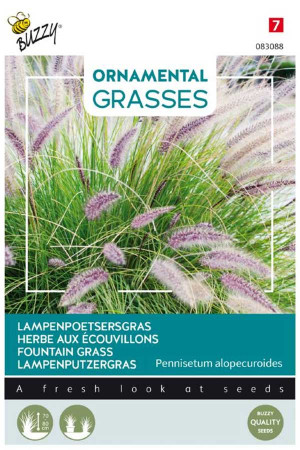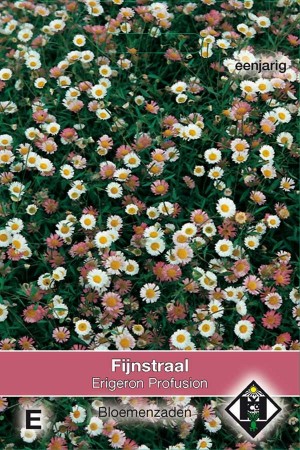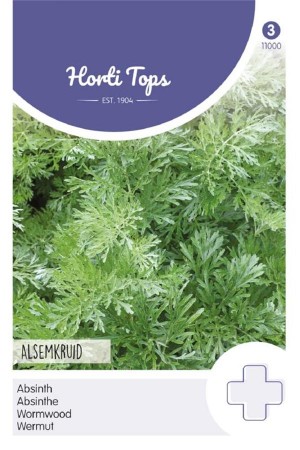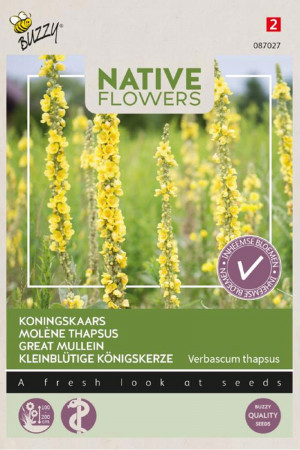




The Great Mullein is also called Aaron's Rod. The soft hairs on the leaves and stems are highly flammable and were previously burned as candles.
In the first year, a root rosette with woolly, gray-green leaves develops. In the second year a long, sturdy stem grows with large yellow flowers.
Great Mullein likes a well-drained, dry soil in the sun. The plant can be found on vacant lots, along fields and railway lines.
The Native Flowers series are seeds from native flowers, which are good for biodiversity in your garden.
The Great Mullein is also called Aaron's Rod. The soft hairs on the leaves and stems are highly flammable and were previously burned as candles.
In the first year, a root rosette with woolly, gray-green leaves develops. In the second year a long, sturdy stem grows with large yellow flowers.
Great Mullein likes a well-drained, dry soil in the sun. The plant can be found on vacant lots, along fields and railway lines.
The Native Flowers series are seeds from native flowers, which are good for biodiversity in your garden.
Sowing Native flowers:
Sow the Mullein seeds outdoors from April to October. The flowering period of the Mullein is from June to September.
Flowers are vital for bees, butterflies and other pollinators. They obtain the necessary nectar and pollen from flowers and also ensure the fertilization of the plants.
It is important that bees and butterflies can easily enter the flowers. Many 'modern' flowers have now grown to such an extent that the stamens and pistil are almost impossible for bees and butterflies to reach.
The best way to help wild bees, butterflies and other types of pollinators is to grow wild native flowers in your garden.
Related articles

The Great Mullein is also called Aaron's Rod. The soft hairs on the leaves and stems are highly flammable and were previously burned as candles.
In the first year, a root rosette with woolly, gray-green leaves develops. In the second year a long, sturdy stem grows with large yellow flowers.
Great Mullein likes a well-drained, dry soil in the sun. The plant can be found on vacant lots, along fields and railway lines.
The Native Flowers series are seeds from native flowers, which are good for biodiversity in your garden.
